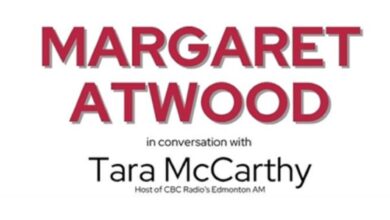Nadine Bariteau and the art of saying goodbye
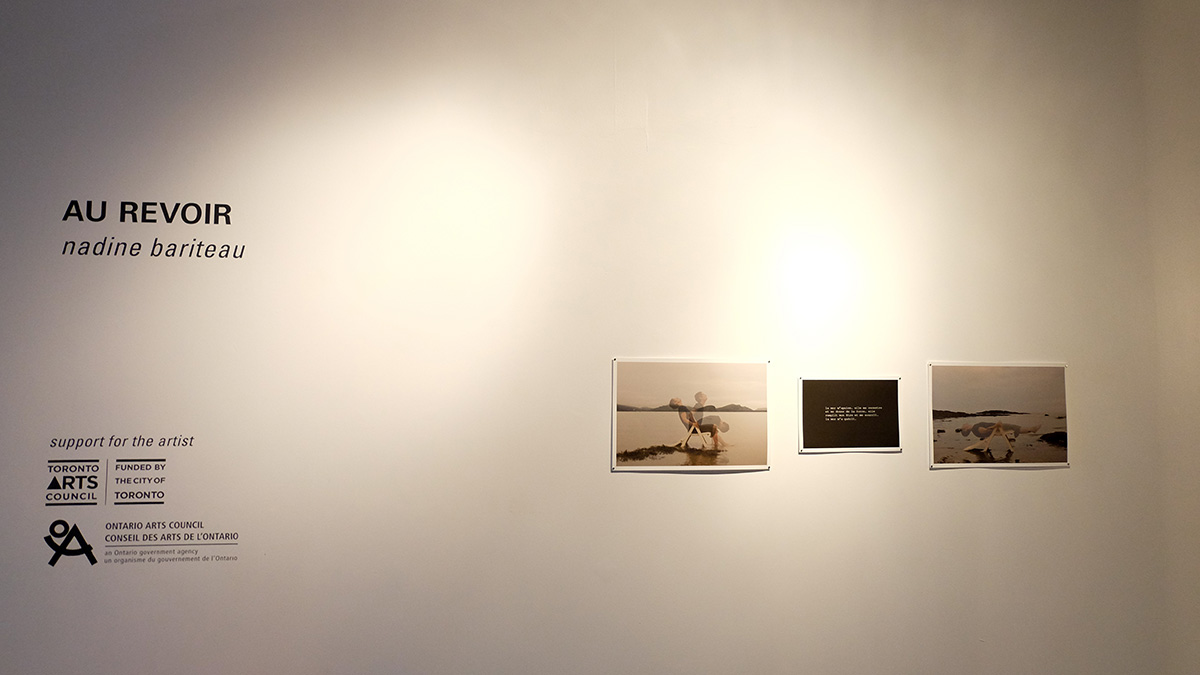 Eric Lillow
Eric LillowSometimes, it’s hard to say goodbye. For Nadine Bariteau, its a theme she’s explored in depth, diving into the many layers of grief and loss in her recent exhibit, Au Revoir.
“My inspiration for Au Revoir is my mum’s passing five years ago. It was a drastic going away,” Bariteau says, referring to the car accident which took her mother’s life. “I didn’t really have time to prepare. ‘Au revoir’ means goodbye, and I’m trying to say goodbye to my mother.”
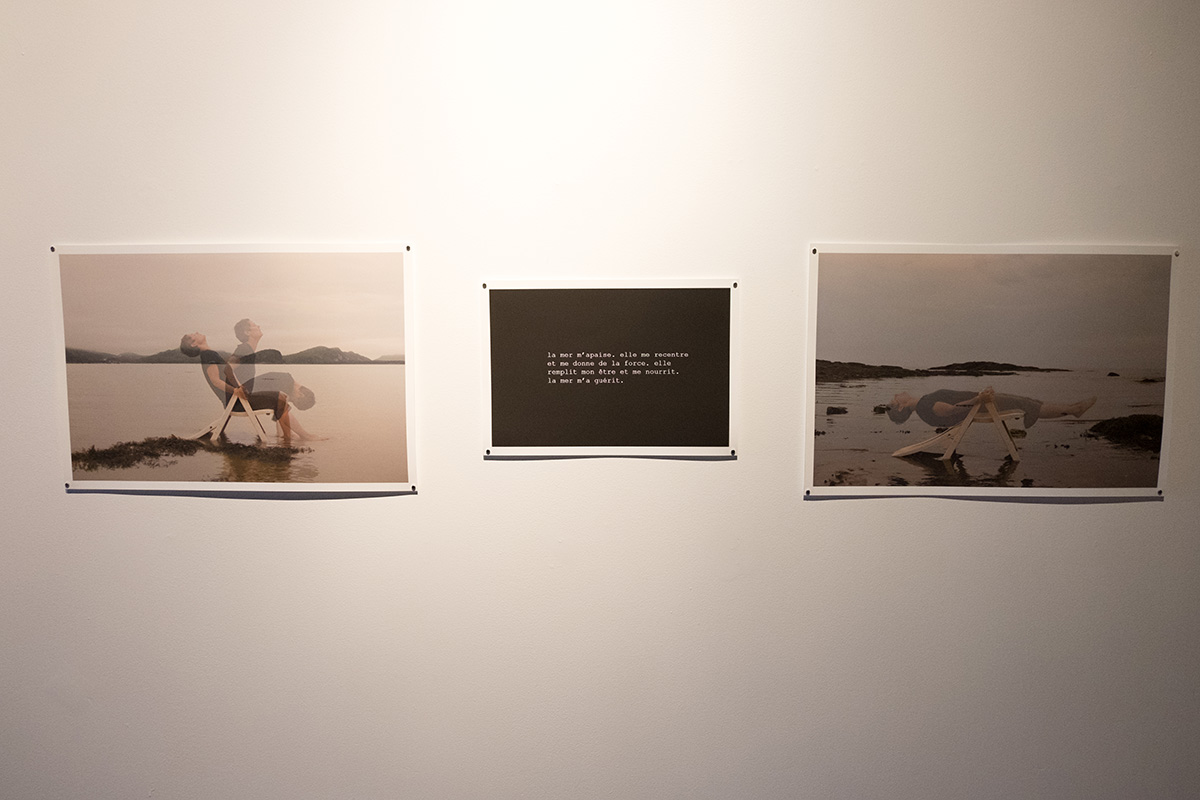
Bariteau has been a multidisciplinary artist for a number of years, exploring her emotions through introspection and portraying it for others to see. Au Revoir was recently on display at Latitude 53, where after visiting the exhibit and speaking with Bariteau, it became clear not much could have prepared her for the tragic accident, or its aftermath.
“I was in the accident with her. I was physically injured, and I saw my mom dying,” she says.
Bariteau was traumatized and restricted in the wake of the accident. She mentions how she couldn’t talk about it, and couldn’t think about it. The only way she knew how to cope was through her own words as an artist. So, she set to work creating what would be centrepiece of her exhibit, The Lighthouse.
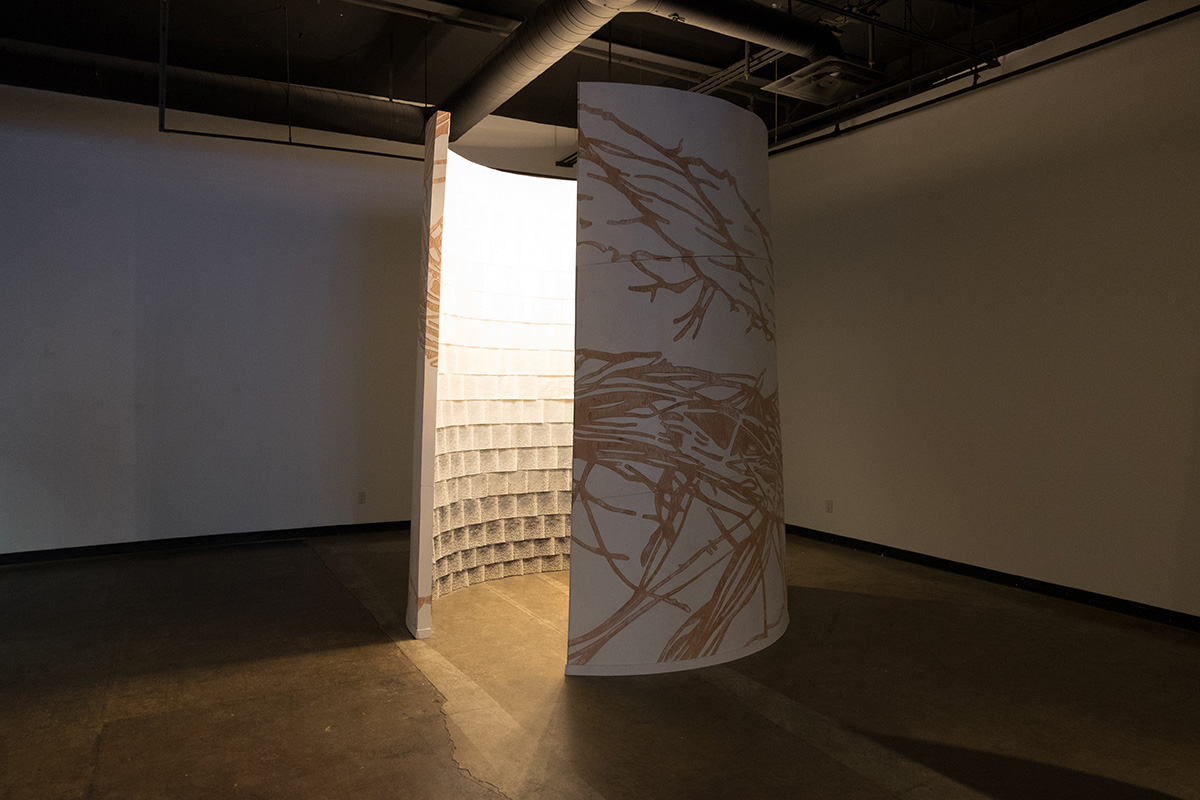
The Lighthouse is a tall wooden structure, about 10 feet high, in a slightly conical shape, wide at the bottom and narrower at the top. It’s covered in separate panels, forming a labyrinth of carved lines all over the piece.
“They are photographs that I was taking when I was in Nova Scotia,” she recounts. “It’s ropes, as in a rope that is starting to fall apart.” It’s the first chapter of her letter of goodbye.
“You hold on to what you have left. The image of rope was that symbol, the symbol of holding onto something that is gone, but also trying to let go,” she says.
Once entering the structure, the viewer can peel back the first layer of the piece to view a deeper meaning inside. The walls surround and encase you, blocking nearly all outside noise. It becomes a space much more sacred than that of the gallery.
Your eyes are drawn up and down the walls of the structures, seeing a gradient of several hundred prints of “au revoir” made by Bariteau. The prints create a gradient wall, managing to represent the light one strives to achieve at the top, versus the darkness one wallows in at the bottom.
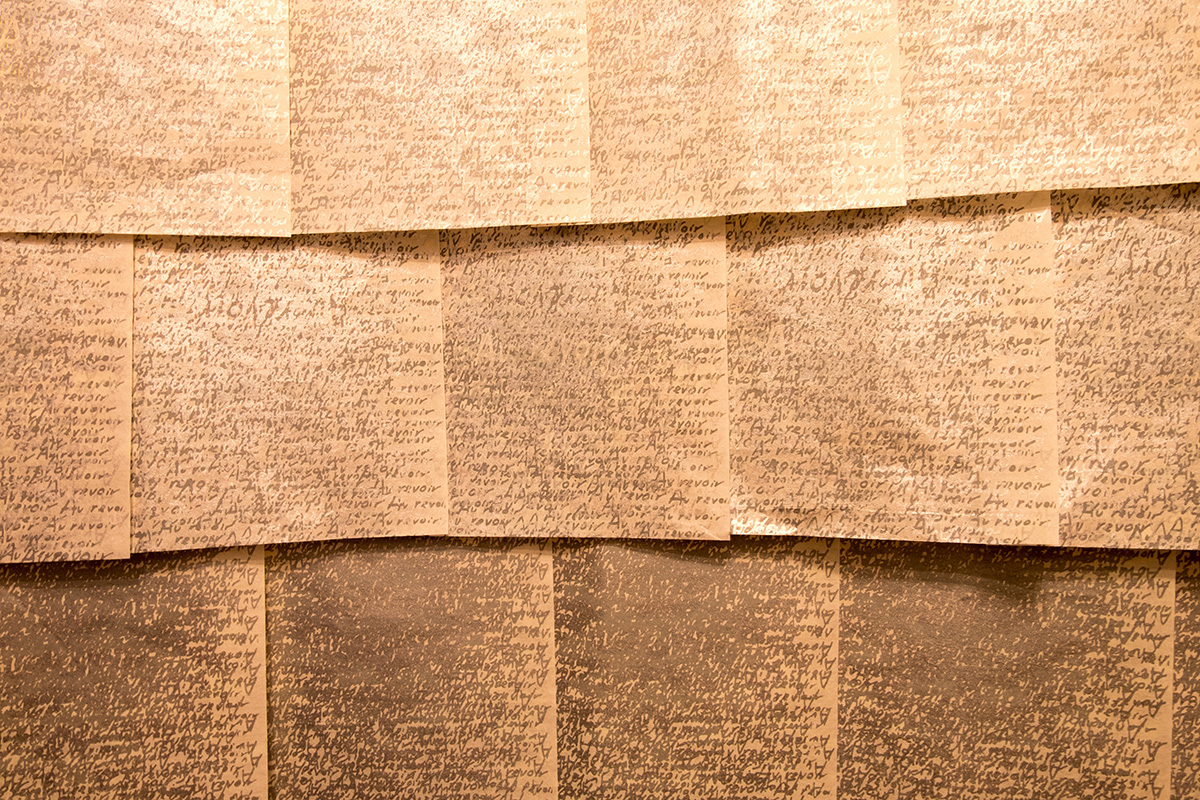
“I wanted to represent time as a healer. It takes time to heal from whatever you have to grieve,” Bariteau says. But upon the fading of the lights suspended above, the sound fades away, and the viewer feels almost as if they are submerged into water. The prints light up and glow in a pattern of fish scales.
“When you reflect on grieving and losing someone, you think of death and what the meaning of dying is,” Bariteau says. She explains how the scales refer to a salmon’s journey throughout its life. Its birth and death take place in the same place, no matter where else they might have traveled throughout the ocean.
“It’s about the full cycle. Has my mother finished the full cycle?” she asks. “I think I lost something. I lost my best friend the day my mom died.”
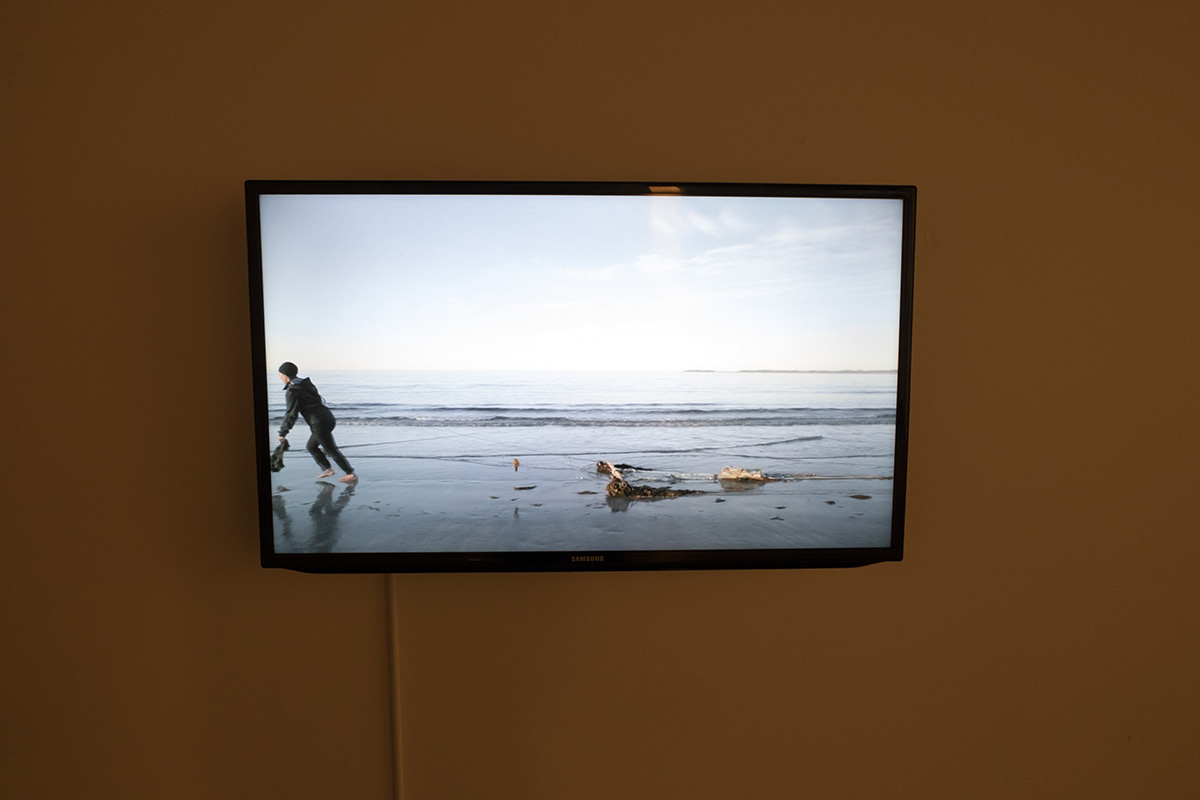
Through a gravestone, someone who has passed can continue to be enjoyed and celebrated. Through Au Revoir, Nadine Bariteau ensures her mother can live on as well.

